‘Sansovino Frames’ (until 13 September) opened at the National Gallery in London on April Fools’ Day. While staring through the empty frames at the blank walls behind, the show’s timing seemed particularly apposite. However, the museum is quite serious about promoting this ever-present, but woefully underappreciated, part of the collection. Indeed, the current display is just the first in a new series devoted to the subject.
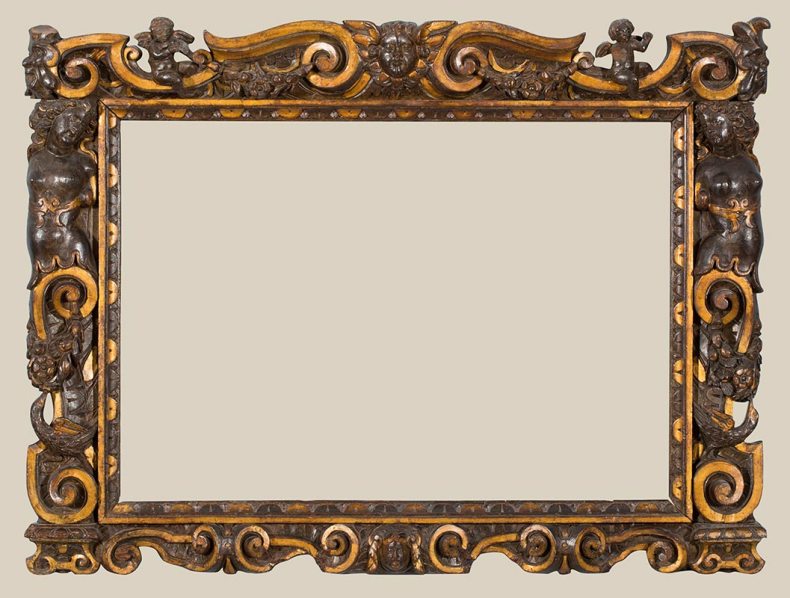
A carved and partially gilded Sansovino frame (1560–80) © photo The National Gallery, London / courtesy the owner
For many of us, frames are something of an afterthought – a type of visual punctuation chiefly there to enhance the pictures within. They haven’t always played second fiddle. In the early Renaissance, patrons of multi-tiered altarpieces typically paid their carpenters more than they did their painters.
Posterity has not been kind these highly skilled craftsmen – with the exception, that is, of Jacopo Sansovino (1486–1570), the namesake of the frames in this exhibition. Unfortunately, there is in fact little or no evidence linking this celebrated architect and sculptor with the frames that bear his name. Like so many art-historical misconceptions, this particular misnomer can be traced to the 19th century.
The style did originate in mid 16th-century Venice, however: the home of Sansovino’s masterpiece, the Library at San Marco. The fashion then spread out from the lagoon, becoming more brash and ornate, until it was eventually subsumed by the eclectic framers of the next century.
The hallmark of the Sansovino is a simple curling scroll motif, but they can also include rich ‘proto-Baroque’ ornament, from bunches of grapes and cherubs to full rams’ heads and bare-breasted women. The 30 original frames assembled here show off the sheer variety defined under the ‘Sansovino’ umbrella.
The earliest specimens are conspicuously architectural, featuring all’antica entablatures complete with pediment and cornice. The most elaborate and frivolous of these resemble miniature stage sets, which, as the curators point out, must occasionally have looked at odds with the pious Madonnas or dour portraits, which they contained.
Although frames are undoubtedly the primary focus here, the National Gallery isn’t quite brave enough to entirely banish painting from the proceedings. Two pictures attributed to Titian, The Music Lesson (c. 1535) and a Portrait of Girolamo Fracastoro (c. 1528), appropriately demonstrate how both paintings and frames might originally have looked.
Another deviation, and probably a wise one, is the inclusion of a cassone ‘marriage chest’ (c. 1570–1600) with Sansovino-like carved detailing. The addition is a clever reminder that these frames belonged to a much wider decorative trend, which helped to define the late-Renaissance interior every bit as much as the paintings we have come treasure above all else.
Some may see this exhibition as something of a parting indulgence on behalf of the outgoing director, Nicholas Penny, who has a particular scholarly interest in framing. But while it may not be a crowd pleaser, the show is well worth a visit. Blockbusters exhibitions, like the recent ‘Rembrandt: The Late Works’, should allow museums to balance their exhibitions programme with more risky, niche and free-to-view endeavors such as this.
‘Frames in Focus: Sansovino Frames’ is at the National Gallery, London, until 13 September.
Related Articles
Review: ‘Rembrandt: The Late Works’ at the National Gallery (Annabel Sheen)
Nicholas Penny, director of the National Gallery, will retire in 2015
Unlimited access from just $16 every 3 months
Subscribe to get unlimited and exclusive access to the top art stories, interviews and exhibition reviews.

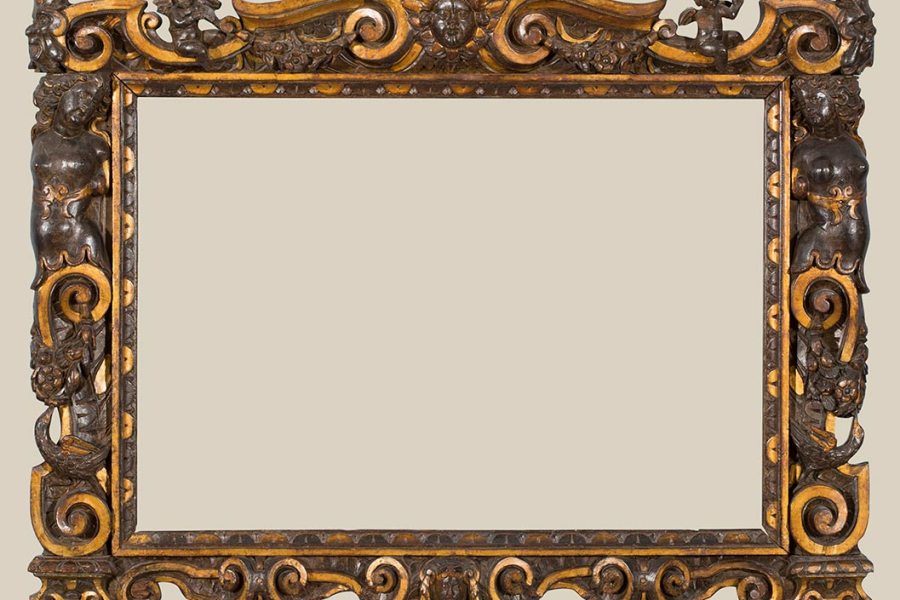
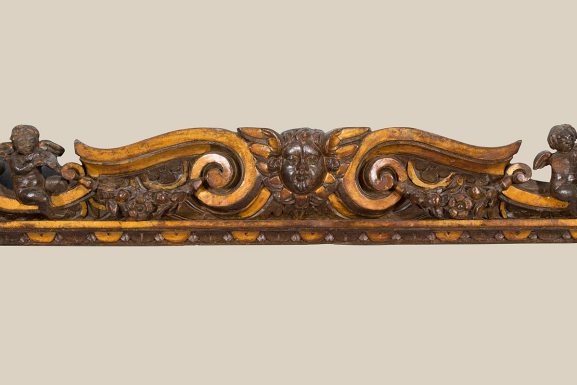
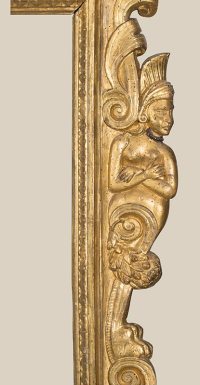
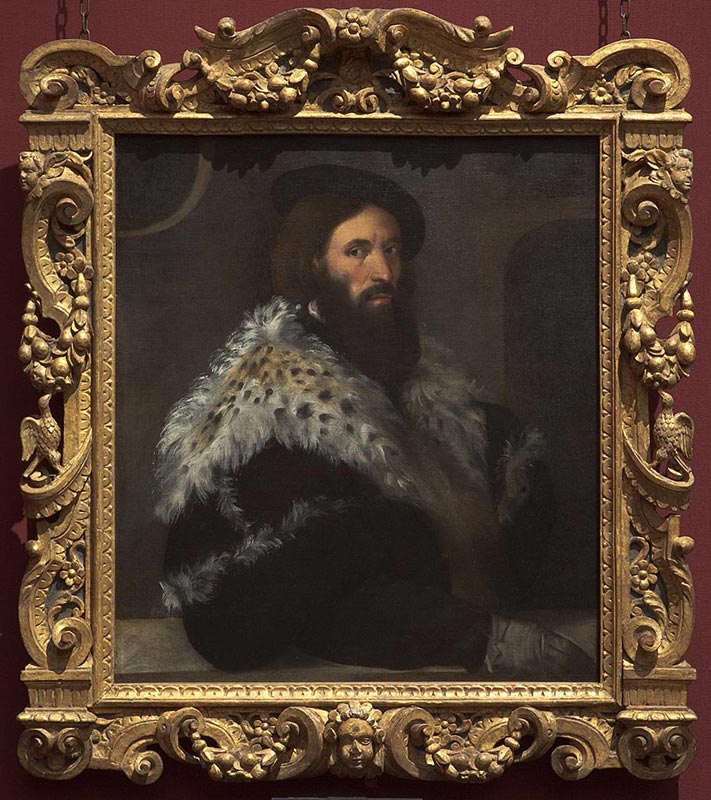

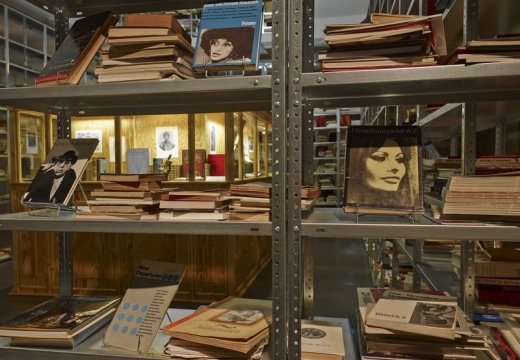
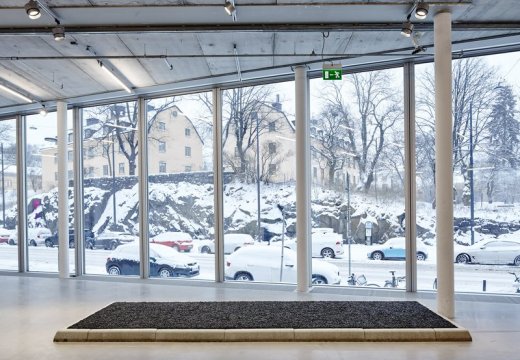









![Masterpiece [Re]discovery 2022. Photo: Ben Fisher Photography, courtesy of Masterpiece London](http://www.apollo-magazine.com/wp-content/uploads/2022/07/MPL2022_4263.jpg)
It’s time for the government of London to return to its rightful home